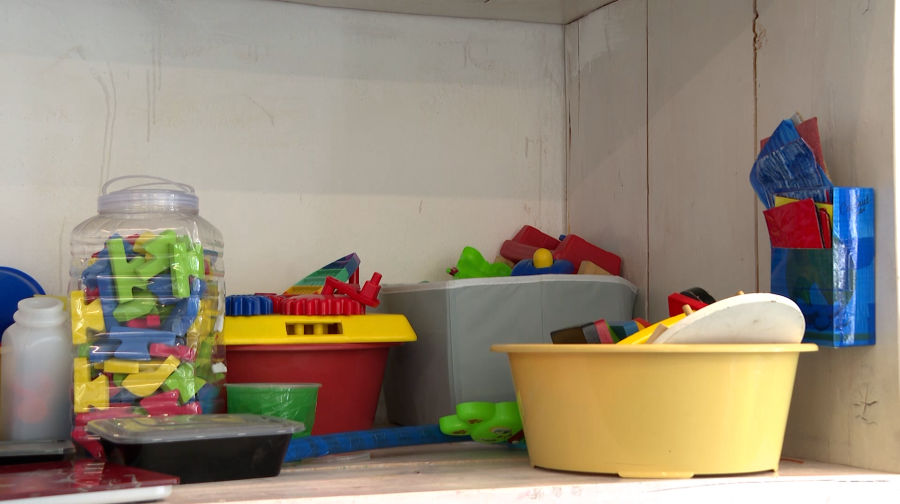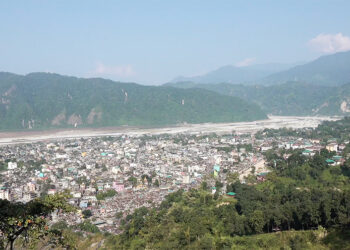 Toys and household items are exposing children in Bhutan to dangerous levels of lead. According to last year’s National Blood Lead Level Survey, several everyday items, including consumer products and children’s toys, were found to contain harmful amounts of lead, which can negatively impact children’s health and cognitive development. In response, ECCD centres and the Ministry of Health are collaborating to raise awareness and protect young children.
Toys and household items are exposing children in Bhutan to dangerous levels of lead. According to last year’s National Blood Lead Level Survey, several everyday items, including consumer products and children’s toys, were found to contain harmful amounts of lead, which can negatively impact children’s health and cognitive development. In response, ECCD centres and the Ministry of Health are collaborating to raise awareness and protect young children.
Lead exposure from toys and household items among children is a new revelation, even among people who have been dealing with childcare and development for years.
34-year-old Dhan Maya Rai has been working as an ECCD facilitator for over nine years.
She said this is the first time she has learned that children could be exposed to lead through everyday household items and toys.
Dhan Maya Rai said, “After knowing how that affects children, what we are planning to do is to implement healthy washing habits, hand washing habits in the centre, and so far, we are also doing that in our centre. And also, we are planning to develop toys from wood, with the help of parents, instead of buying fancy toys from the town.’’
She added that they will work on raising awareness among parents and children at the centre through engaging tools such as pictures, stories, and songs.
Health officials are advising parents and caregivers to choose certified toys with low lead content.
“If the toys are the source of exposure, I think the best thing would be to use the toys that are certified and have low lead content. But as per the survey, the toys in the country had a minimum amount of lead, and in the environment where children are playing, it would be best to clean the floor where they play every day and wipe clean all the railings and toys daily so that the risk of exposure is reduced,” said Dr Tulsi Ram Sharma, a paediatrician with JDWNRH.
Health ministry officials said they are doing their best to advocate for minimising exposure to lead in ECCD centres.
“Especially now, the Ministry of Health is focusing on ECCDs. So far, the Ministry of Health has trained and sensitised the ECCD facilitators on the children’s environmental health with a focus on lead poisoning and prevention. So far, we have covered six western dzongkhags for the ECCD facilitators. And also, besides that, we are sensitising and building the capacity of health care workers to give prevention activities on the lead exposure to our communities,” said Karma Wangdi, the programme analyst with the Ministry of Health.
As a part of the National Blood Lead Level Survey, 6 schools and 4 ECCD centres were surveyed. Out of 209 toys that were tested in these schools and ECCD centres, about 23 per cent had lead that could be detected.
Around 9 per cent of the toys had lead levels that were higher than the threshold.
For commercially made toys for children over one year old, 9 per cent also had lead levels above the safe limit.
While lead exposure from toys and household items is a relatively new concern in Bhutan, efforts are already underway to safeguard young children.
With ECCD centres, parents, and health officials working together, there is hope that increased awareness and preventive action will reduce the risks and support healthy child development.
Sonam Yuden
Edited by Kipchu









